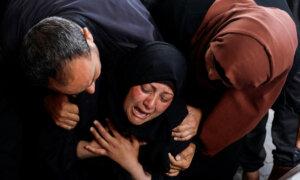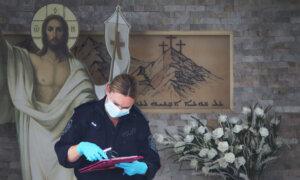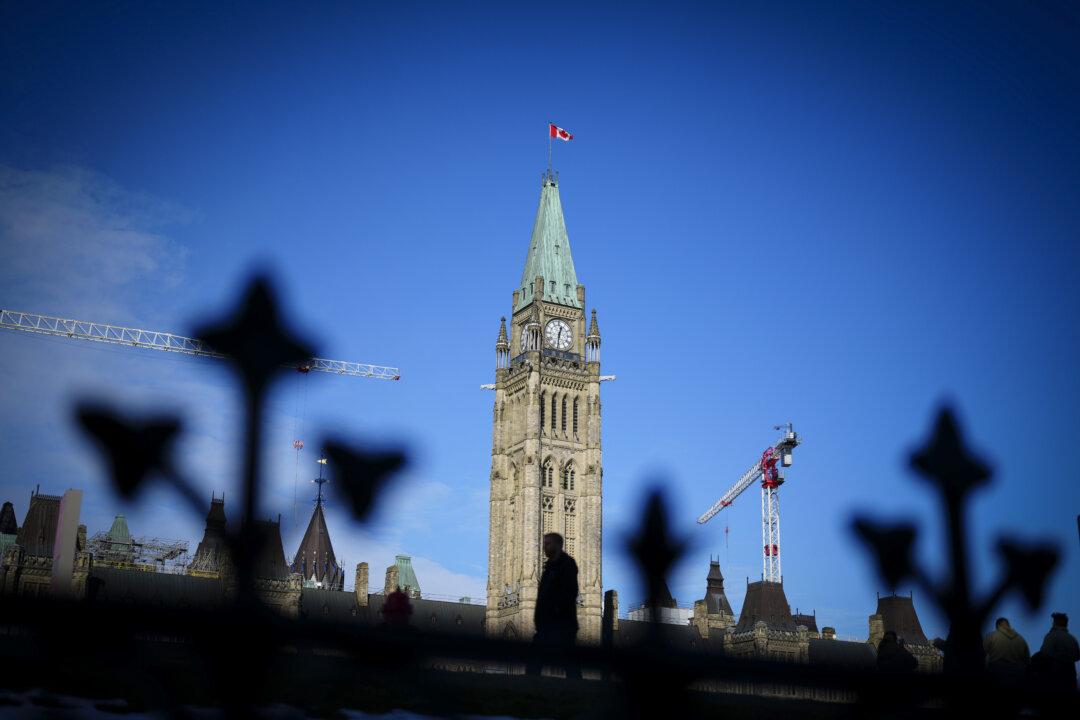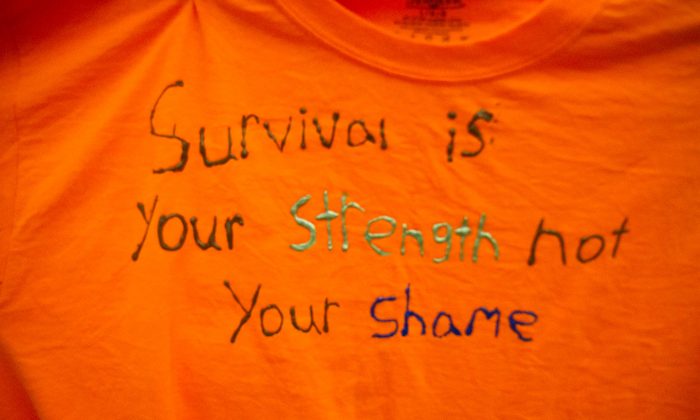Since Hamas’ Oct. 7 terrorist attack on Israel, the United States has dropped 946 tons of supplies.
The United States has dropped another round of humanitarian aid into Gaza, the U.S. military apparatus in the Middle East announced on April 18.
In a statement posted on X, formerly Twitter, U.S. Central Command (CENTCOM) said that it dropped approximately “50,600 U.S. meal equivalents into Northern Gaza, an area of great need, allowing for civilian access to the critical aid” into Gaza through Air Force C-130 planes.
Twenty-five bundles of aid landed in the Mediterranean Sea.
Since Hamas’ Oct. 7 terrorist attack on Israel, the United States has dropped 946 tons of humanitarian aid.
“The [Department of Defense] humanitarian airdrops contribute to ongoing U.S. and partner-nation government efforts to alleviate human suffering. These airdrops are part of a sustained effort, and we continue to plan follow-on aerial deliveries,” according to CENTCOM.
The United States has conducted more than a dozen airdrops of humanitarian aid toward Gaza—which is controlled by Hamas and according to the World Food Programme (WFP) last month—on the verge of a famine.
According to WFP, 70 percent of people in northern Gaza are experiencing catastrophic hunger that could push half of Gaza’s total population to the brink of starvation.
The report, by the international community’s authority on determining the severity of hunger crises, came as Israel faces mounting pressure from even its closest allies to streamline the entry of aid into the Gaza Strip and to open more land crossings.
Aid groups complain that deliveries by air and sea by the United States and other countries are too slow and too small.
The latest findings on hunger in Gaza came from the Integrated Food Security Phase Classification, or IPC, an initiative first set up in 2004 during the famine in Somalia that now includes more than a dozen U.N. agencies, aid groups, governments, and other bodies to determine the severity of food insecurity.
It says virtually everyone in Gaza is struggling to get enough food, and that around 677,000 people—nearly a third of the population of 2.3 million—are experiencing the highest level of catastrophic hunger.
That means they face extreme lack of food and critical levels of acute malnutrition.
The figure includes around 210,000 people in the north.
Outright famine is projected to occur in the north anytime between now and May, it said.
An area is considered to be in famine when 20 percent of households have an extreme lack of food, 30 percent of children suffer from acute malnutrition and at least two adults or four children per every 10,000 people die daily.
The report said the first condition has been fulfilled, and it is “highly likely” the second has as well.
The death rate is expected to accelerate and reach famine levels soon, it said.
“This is the largest number of people facing imminent famine in the world today, and it has only taken five months to occur,” said Matthew Hollingworth, the acting World Food Program country director for the Palestinian territories.
The report warned that if Israel broadens its offensive to the packed southern city of Rafah, as Prime Minister Benjamin Netanyahu has vowed to do, the fighting could drive over 1 million people—half of Gaza’s population— nto catastrophic hunger and potentially cause famine in the south.
The United States has pushed back against Israel looking to invade Rafah, lamenting the possibility of severe civilian casualties.
The Biden administration has held talks with Israel over Rafah including on April 18 between U.S. national security adviser Jake Sullivan and top Israeli officials.
According to the White House in a statement, the meeting consisted of both sides agreeing “on the shared objective to see Hamas defeated in Rafah,” though the U.S. side “expressed concerns with various courses of action in Rafah, and Israeli participants agreed to take these concerns into account and to have further follow up discussions between experts, overseen by the [U.S.-Israel Strategic Consultative Group].”
A House bill would send $9.5 billion in humanitarian aid for Gaza. A vote on that, along with other measures, is scheduled for the end of the week.
The Associated Press contributed to this report.














 English (US) ·
English (US) ·  Turkish (TR) ·
Turkish (TR) ·